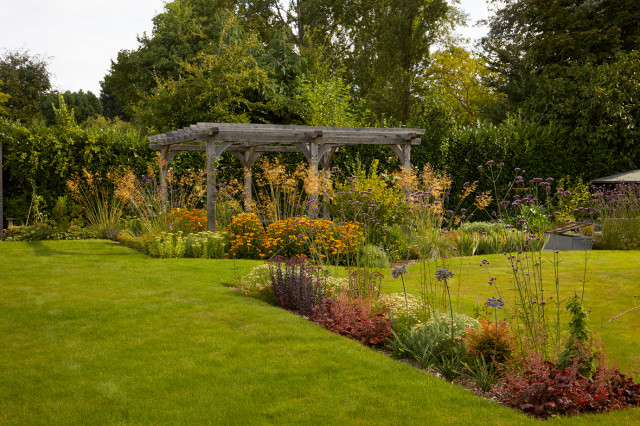A lot of people think of the English countryside as being a bleak, rainy place. But that’s only half the story. In fact, many of the most beautiful English country gardens are in the shade. In this blog post, we will explore how to create an English country garden in the shade—perfect for those hot summer days. We’ll cover everything from choosing the right plants to creating a planting plan. So whether you’re looking to cool off or simply escape the heat, this is the post for you.
Planning your garden
When planning your garden, consider the climate in which you live and how much sun/shade your plants will need. In general, warm climates require more sun and cool climates require more shade.
One of the best ways to control how much sun your plants get is to divide up your garden into zones. This will help you plan which plants should be in which part of the garden.
Another factor to consider when planning a garden is water availability. Most gardens need some water throughout the year, but if there is not enough groundwater available, then you’ll need to incorporate irrigation into your plan as well.
Choosing the right plants
In order to create an English country garden in the shade, choose plants that can grow in moderate to cool climates. Some of the suggestions for plants that can grow in shade include:
– Roses
– Blueberries
– Grapes
– Shrubs such as spruce, juniper, and lilac
Creating a garden layout
In this tutorial, we are going to show you how to create a garden layout in the shade. Shade gardens offer a great way to get some much-needed sun exposure while enjoying all of the benefits that come with a well-maintained garden.
There are a few things that you will need before starting your garden layout in the shade: an enclosed area, plants that can handle low light levels, and a sturdy foundation or support system. To start, find an enclosed space that is at least twice as large as the area that you want to use for your garden. Once you have found this space, plan out your garden layout using basic gardening principles – locate plants in groups of three or more to maximize sunlight exposure, and orient them so they receive at least six hours of direct sunlight per day.
In order to ensure that your garden stays healthy and thriving in low light levels, be sure to provide adequate water and fertilizer supplies. And last but not least – make sure to enjoy your new shade garden!
Keeping your garden healthy
If you want to keep your garden healthy, you need to think about the different parts of the plant. The leaves and branches need water, but the roots need moisture too. You can tell if the soil is dry by putting your finger into it. If it feels like there’s gravel in there, then it’s too dry. When watering your plants, make sure that youwater them deep and evenly. And make sure not to over-water them; leaving plants in standing water for too long can cause them to become rootbound.
One other thing that you can do to help your garden stay healthy is to mulch it. Mulching keeps the soil moist and helps prevent weed growth. You can use any type of mulch, but grass clippings work best because they decompose quickly. Another way to keep your garden healthy is to add a bit of organic matter each year (compost, aged manure)….
Harvesting your crops
Harvesting your crops can be a very rewarding experience, and it is a fun way to get involved in the agricultural process. There are a few things you need to know before you start harvesting your crops. First, make sure that you have the correct tools for the job. Second, plan your harvest carefully so that you get the most out of each day’s work. Finally, enjoy the fruits of your labor!
